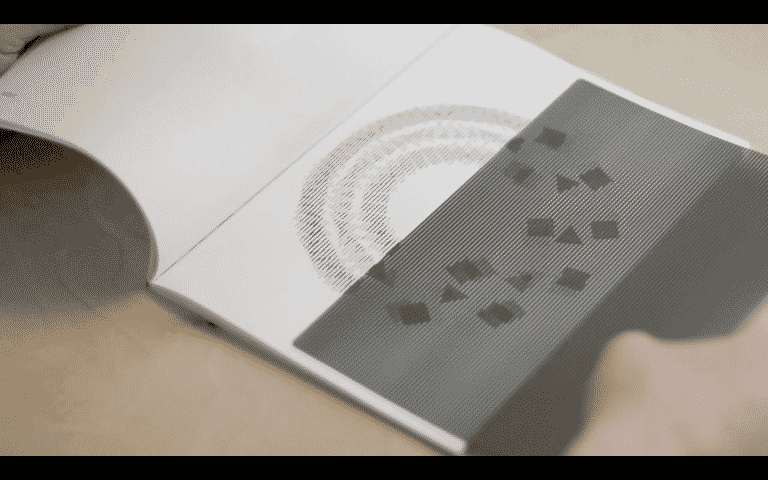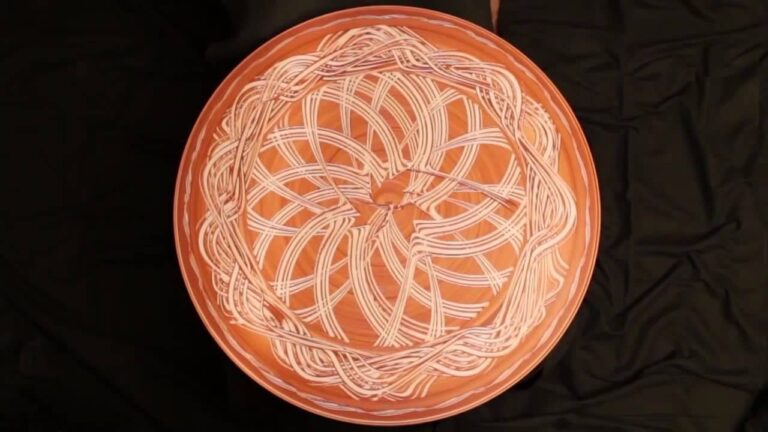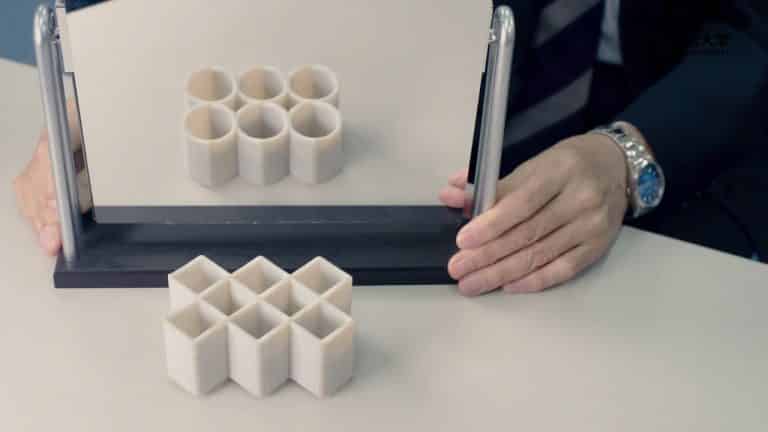
Have you ever watched the movie Rushmore? It’s a quirky, charming film that tells the story of Max Fischer, a high school student with big dreams, a big heart, and an outsized ego. One of the most memorable scenes in the movie involves a seemingly impossible geometry problem that Max takes on. The problem is so difficult that his teacher claims it’s the hardest geometry question ever. But is that really true?
So, what is the geometry problem that Max faces in Rushmore? It’s an ellipse! Specifically, the question asks for the area of an ellipse with the following measurements: the major axis is 40 and the minor axis is 20. This may sound daunting, but it’s actually a very straightforward problem. Max tackles it with confidence, using the simple formula for the area of an ellipse (pi times the major axis times the minor axis divided by 4): (40/2) * (20/2) * pi = 200pi. And just like that, he’s solved the “hardest geometry question ever.”
Of course, as we learn later in the film, Max’s moment of triumph is all in his imagination. He’s not actually solving the problem in his math class; he’s dreaming of it while in his bedroom. And while his solution is correct, it’s not actually the toughest geometry question out there. So, what makes this problem such a big deal?
One reason is that it’s a great example of Wes Anderson’s quirky, offbeat sense of humor. The idea that a supposedly impossible geometry problem turns out to be a basic ellipse is silly and unexpected, and it fits perfectly with the film’s overall tone. Additionally, the scene is a clever bit of character development for Max. He’s shown to have a love of intellectual challenges and a confidence in his own abilities, both of which are important traits for understanding his character arc later in the movie.
But there’s another reason why this scene has become such an iconic moment in cinema history: it captures the feeling of triumph that comes with solving a difficult problem. As anyone who’s ever struggled with a particularly challenging math problem can attest, there’s nothing quite like the rush of satisfaction that comes with finding the answer. Even though Max’s problem is relatively simple compared to some of the mind-bending puzzles mathematicians face, the euphoria he feels when he solves it is real and relatable.
In the end, the hardest geometry question in Rushmore isn’t particularly hard at all. But that doesn’t take away from its importance as a cinematic moment. It’s a funny, charming scene that captures the spirit of intellectual curiosity and the thrill of problem-solving. And it’s just one more example of why Rushmore is such an enduring classic. So, if you’ve never watched it before, be sure to add it to your movie queue. Who knows – you might just solve the toughest geometry problem in cinema history yourself.










